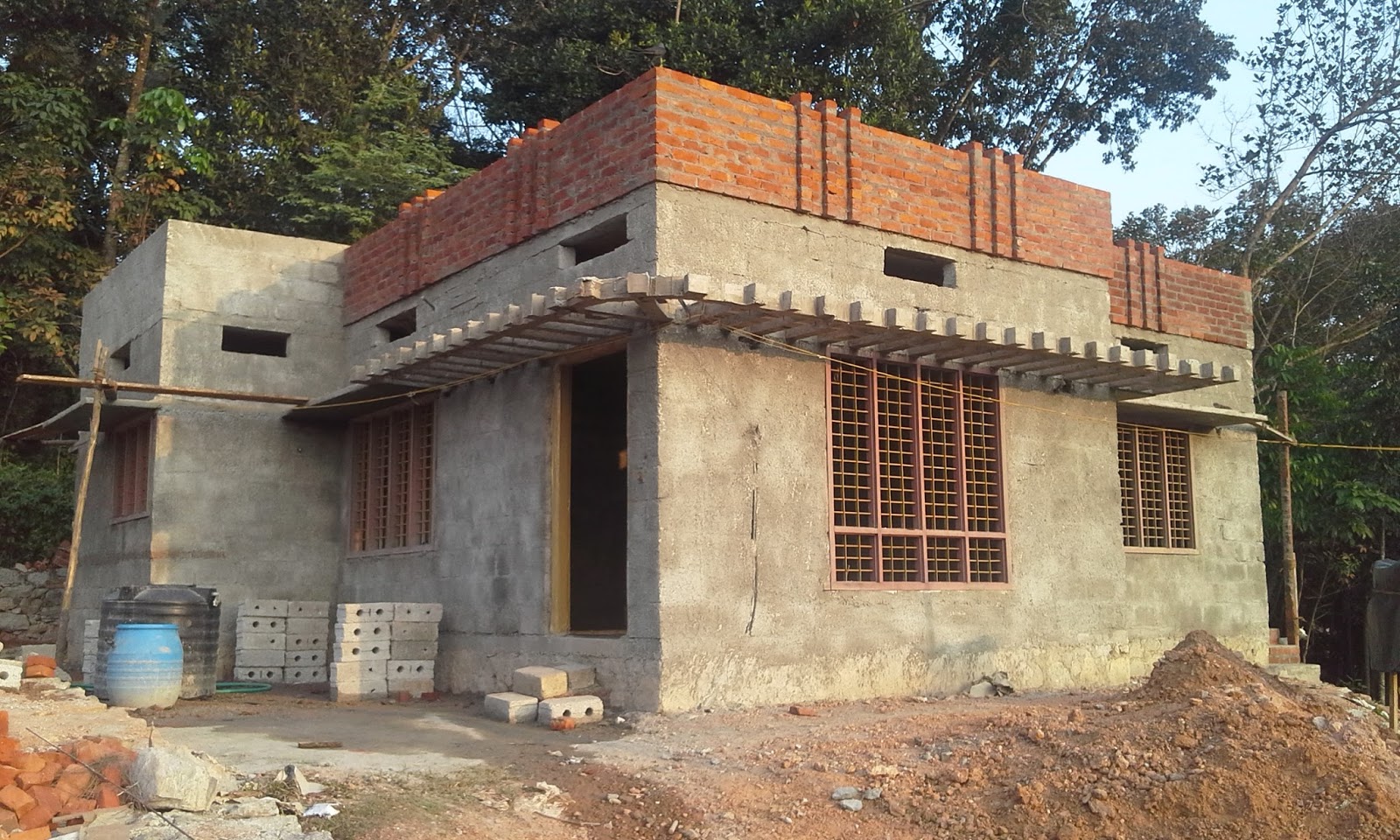Understanding House Parapets: A Comprehensive Guide
House parapets are an essential architectural feature that serves both functional and aesthetic purposes. In residential designs, they play a crucial role in enhancing the safety and style of a building. This article delves into the intricacies of house parapets, exploring their types, benefits, and maintenance, ensuring you have a thorough understanding of this vital element in architecture.
From providing safety against falls to acting as a design statement, house parapets are more than just decorative elements. They are a significant part of building safety regulations and can improve the overall appeal of a home. In this guide, we will look at various aspects of house parapets, offering insights into their construction, materials, and how they can be integrated into your home design.
Whether you are an architect, a homeowner, or someone interested in home improvement, understanding house parapets is crucial. This guide aims to provide you with all the information you need, so you can appreciate their importance and make informed decisions regarding their use in your projects.
Table of Contents
- What is a Parapet?
- Types of Parapets
- Benefits of House Parapets
- Construction Materials for Parapets
- Maintenance Tips for House Parapets
- Design Considerations for Parapets
- Safety Regulations Regarding Parapets
- Conclusion
What is a Parapet?
A parapet is a low wall or barrier that is typically found at the edge of a roof, terrace, or balcony. It is usually constructed to prevent falls and to provide a decorative finish to the building's profile. Parapets can be found in various styles, from simple and functional to ornate and elaborate, depending on the architectural design of the building.
Key Features of Parapets
- Height: Generally extends 2 to 4 feet above the roof line.
- Material: Can be made of brick, stone, concrete, or metal.
- Design: Available in various designs, matching the building's architecture.
Types of Parapets
Understanding the different types of parapets can help in selecting the right one for your project. Below are the main types of house parapets:
1. Straight Parapets
These are the most common type of parapets, characterized by their flat top and vertical sides. They are often used in modern architecture for their sleek appearance.
2. Cornice Parapets
Cornice parapets extend beyond the roof line, providing an overhanging edge. This type of parapet adds an architectural detail that can enhance the aesthetic appeal of the building.
3. Curved Parapets
Curved parapets feature a rounded top, offering a softer look. They are often used in buildings with a more traditional or classical design.
4. Decorative Parapets
These parapets are designed purely for aesthetics, often featuring intricate designs, moldings, or other decorative elements. They are common in historical buildings and can be an important part of the architectural heritage.
Benefits of House Parapets
House parapets offer numerous benefits that make them a valuable addition to any building:
- Safety: They prevent accidental falls from rooftops and balconies, ensuring the safety of residents and visitors.
- Water Management: Parapets help redirect rainwater away from the building's facade, reducing the risk of water damage.
- Energy Efficiency: By providing insulation to the roof edges, parapets can contribute to energy efficiency.
- Aesthetic Appeal: Parapets can enhance the overall look of a building, contributing to its architectural style.
Construction Materials for Parapets
The choice of materials for constructing parapets is crucial, as it affects both durability and appearance. Common materials include:
- Brick: Offers a traditional look and excellent durability.
- Concrete: Provides strength and can be molded into various shapes.
- Metal: Lightweight and modern, suitable for contemporary designs.
- Stone: Offers a classic look and is very durable.
Maintenance Tips for House Parapets
To ensure the longevity and effectiveness of house parapets, regular maintenance is essential. Here are some maintenance tips:
- Inspect for cracks and damage regularly.
- Clean gutters and downspouts to prevent water overflow.
- Repaint or treat materials to prevent deterioration.
- Address any moss or algae growth promptly.
Design Considerations for Parapets
When designing a house parapet, consider the following design aspects:
- Architectural Style: The parapet design should complement the overall architecture of the building.
- Height and Proportion: Ensure the height of the parapet is proportional to the building’s height.
- Material Compatibility: Use materials that match or complement the building facade.
Safety Regulations Regarding Parapets
When planning the construction of parapets, it is crucial to adhere to local building codes and safety regulations. Some common regulations include:
- Minimum height requirements for safety.
- Structural integrity standards to withstand wind loads.
- Material specifications to ensure durability.
Conclusion
House parapets are a vital architectural feature that enhances safety, aesthetic appeal, and functionality. Understanding their types, benefits, construction materials, and maintenance is crucial for homeowners and builders alike. By integrating well-designed parapets into your building, you can ensure the safety of your home while also adding to its architectural beauty. If you have any experiences or questions regarding house parapets, feel free to leave a comment below or share this article with others who may find it useful.
Thank you for taking the time to read this comprehensive guide on house parapets. We hope you found the information valuable and that it inspires you in your architectural endeavors. Don't forget to check back for more insightful articles in the future!
Understanding Gaga Age: A Deep Dive Into The Concept And Its Implications
Ski Brie: The Ultimate Guide To Skiing In The French Alps
Willie Robertson: The Life And Legacy Of A Duck Dynasty Star


